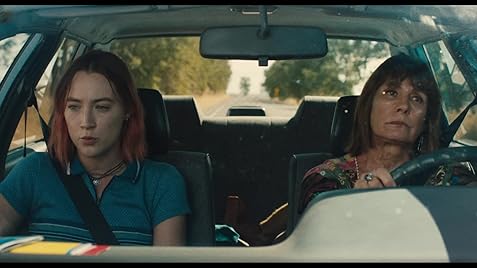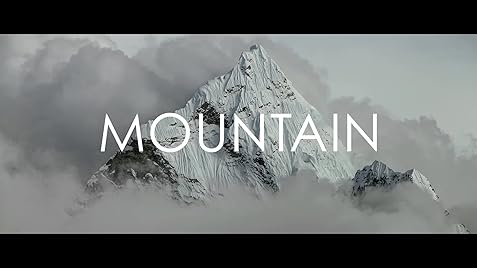2017 has been an excellent year for films. There was little problem selecting the Best 10. What was noticeable is the fact that these 10 film are so different from each other.
Here they are in order:
1. THE SQUARE (Sweden Ruben Östlund)
![]()
Running at 2 hours and 20 minutes, director Östlund had to fight to keep the film’s length, And it is worth it. A brilliant satire on modern business and life, the film is not an easy watch though hilariously funny at times. Museum director has good intentions of keeping art alive and relevant but things keep going wrong for him after he loses his cell phone, no matter how hard he trues to correct the situation. Power in sex, a current topic with the Weinstein outrage is covered in the film before the events even occurred. A minor masterpiece! Voted Best Foreign Film for the Toronto Film Critics Association.
2. DUNKIRK (UK Christopher Nolan)
![]()
DUNKIRK returns filmmaking to its most cinematic – pure cinema with pure emotions. Depicting the evacuation of troops from Dunkirk during WWII, writer/director Christopher Nolan has finally proven his mettle as one of the world’s greets directors. The film brings tears from start to finish to see what freedom and life were worth fighting for. Completely compelling!
3. VISAGES, VILLAGES (France Agnes Varda et J.R)
![]()
Why do you do this, someone asks Varda in her utterly charming documentary about people and places. Her answer? To show the power of the imagination. What appears to be a simply made film does wonders in terms of emotion and charm. Varda and J.R. travel around France (avoding the big cities) to put murals of the locals up in the most unlikely of places.
4. THE OTHER SIDE OF HOPE (Finland Aki Kaurismaki)
![]()
Kaurismaki adds in deadpan suspense to his usual famous deadpan humour in his tale of two men trying to make themselves a better life. One is a Syrian refugee and the other a man who leaves his wife to open a restaurant. The two meet and things turn out, actually for the better. Kaursimaki keeps it both smart and funny in his message on the world refugee crisis.
5. LOVELESS (Russia/France/Germany/Belgium Andrey Zvyagintsev)
![]()
Russian director Andrey Zvyagintsev’s (THE RETURN, LEVIATHAN) latest film of a boy gone missing, is a tragedy that emerges from the result of lovelessness. A divorcing couple’s son goes missing after all their shit. LOVELESS is an analysis of the couple’s shit intercut with the detailed process with the police and volunteer group involved with the exhaustive search process. LOVELESS is a powerful film that instead of showing the power of love, shows the opposite, how life cannot survive with love. A terrific movie that won the Jury Prize at Cannes!
6. GET OUT (USA Jordan Peele)
![]()
Besides making a massive 5544% rate of return (Gross of $254 Million of a production cost of $5.4 million), this film is both scary and funny and first time effort from director writer/director Jordan Peele. Also a clever message on racial prejudice, GET OUT has also been voted the #1 film for the critics poll at Sight and Sound Magazine.
7. THE SHAPE OF WATER (USA Guillermo del Toro)
![]()
Del Toro has made a love story between the creature from the black lagoon and a mute cleaning lady played wonderfully by Sally Hawkins. Don’t dismiss the story as fantasy nonsense as del Toro has created a scary, violent and effective adult fairy tale with his excellent imprint on it. Brilliant on all levels.
8. DOWNSIZING (USA Alexander Payne)
![]()
The Norwegians have learnt to shrink people to a thousandth of their size to solve the over-population problem. But mankind has still not been able to solve the pains from old age sicknesses, complains Matt Damon’s character’s mother in the film Alexander Payne at his most playful yet serious look at the problems of mankind. Payne goes into intricate detail of the shrinking process to make his film more credible. Many twists in the occasionally brilliant script co-written by him and Jim Taylor. Surprisingly, newcomer Hong Chau steals the show as the cleaning lady who teaches Damon and the rest of the world a thing about two about life.
9. THREE BILLBOARDS OUTSIDE EBBING, MISSOURI (USA Martin Lee McDonagh)
![]()
A brilliant script with twists and terms, excellent performances and rude comedy make this film the delight at the Toronto International Film Festival winning it the People’s Choice Award. Frustrated mother McDormand that nothing has been done by the sheriff’s office to investigate the murder and rep of her daughter, she rents three billboards condemning the sheriff’s office. This leads to dire consequences changing he life, the sheriff’s and others while ironically does nothing to further the solving of the case.
10. PHANTOM THREAD (USA Paul Thomas Anderson)
![]()
50’s London and the subject is master dressmaker Woodcock, brilliantly played by Daniel Day-Lewis. Anderson’s arguably best film unfolds meticulously in every scene, planned and executed, reflecting the careful care the subject Woodcock puts into the design of his dresses. He meets his match in the form of strong-willed young woman, Alma (Vicky Krieps), who soon becomes a fixture in his life as his muse and lover.
(RUNNER UP) THE KILLING OF A SACRED DEER (UK/Ireland Yorgos Lanthimos)
A supernatural psychological thriller that is the most difficult to watch (not for everyone) despite its bouts of black humour. The film follows Dr. Steven Murphy (Farrell), a cardiac surgeon who is first seen at a diner meeting with a 16-year-old named Martin (Barry Keoghan). Steven introduces Martin to his wife (Nicole Kidman) and two children. Strange things begin to happen with the children developing paralysis right out of the blue. The film has a lot of anger and the anger is slowly but surely unleashed by every one in the party concerned.








